Tanzania isn’t just a destination; it’s a feeling. It’s the roar of a lion under a sky full of stars, the vibrant colours of a Maasai shuka, and the breathtaking sight of endless plains teeming with life. As the heart of East African adventure, we get asked one question more than any other: “When should I plan my safari?”
The answer isn’t a simple date. The “best” time depends on what YOU want to see. Are you chasing the dramatic river crossings of the Great Migration? Hoping to see cute baby animals? Or looking for clear skies and fewer crowds? Here at Safari blog, we’re spilling all the local secrets. Let’s dive into the seasons and find the perfect window for your trip of a lifetime.
The Ultimate Guide: When To Visit Tanzania for Safaris
Tanzania’s natural beauty brings truly special wildlife sceneries. From the wide plains of the Serengeti to the rough beauty of the Ngorongoro Crater, this country offers a safari trip you may not want to miss.
Picking the right time to visit Tanzania is quite important for seeing lots of wildlife. The country’s weather controls how its famous animals move. This includes the Great Migration of wildebeest and zebras, and when different animals have their babies.
By planning your trip around certain seasonal events, you can watch dramatic natural shows. You can also enjoy the best weather for your safari. Let’s look at the best times to start your Tanzanian wildlife adventure.
Knowing Tanzania’s different seasons and how they affect animal viewing is important for a trip you will never forget.
WasafiBlog
The Great Migration: Timing Your Serengeti Safari
The Great Migration stands as Tanzania’s most sought-after animal event. This huge movement of wildebeest and zebras offers a sight unlike any other on the planet. Knowing their path helps you pick the perfect spot to see them. Get ready for an amazing display of nature’s power.
Serengeti Migration: December – May (Calving Season and Movement North)
From December to March, the southern Serengeti bursts with new life. This is the calving season, when millions of wildebeest babies are born. It’s an easy time to spot young, vulnerable animals and the many predators who follow them. Lions, hyenas, and cheetahs gather, hoping for an easy meal. This period offers fantastic predator-prey interactions.
As April arrives, the herds begin their long trek north. They head towards the central Serengeti. By May, the vast plains are filled with these moving masses. They follow the rain and fresh grass. Observing this slow, steady movement across the plains is a powerful experience. It shows the sheer scale of the migration.
Mara River Crossings: July – October (The Ultimate Spectacle)
The most exciting part of the Great Migration happens from July to October. This is when the wildebeest and zebras face the mighty Mara River. They must cross its crocodile-filled waters to reach fresh grazing in Kenya’s Maasai Mara. These crossings are truly wild and dramatic.
The exact timing changes each year, depending on the rains and the animals’ hunger for new grass. Watching thousands of animals leap into the water is breathtaking. Predators often wait nearby, making for intense survival scenes. Prime spots for seeing these crossings are often found along the riverbanks in the northern Serengeti. This raw display of nature’s power draws visitors from all over the globe.
Dry Season vs. Green Season: Wildlife Viewing and Conditions
There are different safari experiences depending on the season and each time of year has its own good points and challenges. Knowing these differences helps you decide when to go Tanzania.
Dry Season: June – October (Prime Wildlife Viewing)
The dry season, running from June to October, is considered the top time for a safari. Water sources shrink, forcing animals to gather around rivers and watering holes. This makes them much easier to spot. You’ll see large herds of elephants, buffalo, and various antelope. Game viewing is excellent in places like Serengeti, Ngorongoro Crater, Tarangire, and Lake Manyara National Park.
The weather is generally pleasant, with clear, sunny skies and lower humidity. Roads are less muddy, making travel easier within the parks. This period is popular, so expect more visitors and higher prices. However, the wildlife viewing often makes it worth it.
Green Season: November – May (Lush Landscapes and Birdlife)
The green season spans from November to May. It paints the plains in vibrant shades of green after the rains. This time offers unique advantages. Birdwatchers will love it, as migratory birds arrive in huge numbers. The scenery is lush and beautiful.
The green season includes the calving season in the southern Serengeti from December to March. This means you can see many new baby animals. It’s a time of fresh beginnings. With fewer tourists, you might find more budget-friendly safari options. Some roads can get muddy, and animals might spread out more. But the beautiful scenery and excellent birdlife offer a different kind of magic.
Beyond the Serengeti: Best Times for Other National Parks
While the Great Migration takes the most credited popularity, Tanzania has many other amazing wild parks. Each offers special adventure experiences. Knowing their peak times can help round out your safari plan.
Ngorongoro Crater: Year-Round Wildlife Haven
The Ngorongoro Crater is truly special. It offers fantastic wildlife viewing all year long. This natural wonder is a huge, unbroken volcanic caldera. Its floor provides permanent water and food. This means animals do not need to leave.
You can often see the “Big Five” (lion, leopard, elephant, rhino, and buffalo) in a single day here. The crater holds one of the densest populations of predators in Africa. It’s a place where wildlife sightings are almost guaranteed, no matter when you visit. The unique ecosystem makes it a wildlife magnet.
Tarangire National Park: Elephant Capital in Dry Season
Tarangire National Park is famous for its massive elephant herds. It’s often called the “Elephant Capital of Africa.” The best time to see these gentle giants is during the dry season, from July to October. The Tarangire River becomes the main water source. Thousands of elephants gather along its banks.
Besides elephants, you can spot baobab trees that dot the landscape. Many other animals also come to the river to drink. This park is a must-see for elephant lovers.
Lake Manyara National Park: Tree-Climbing Lions and Birdlife
Lake Manyara National Park is known for its diverse habitats. It has a soda lake, forests, and grassy plains. It’s most famous for its tree-climbing lions. While a bit elusive, you might spot them resting in acacia trees. The dry season (June-October) is generally good for seeing the main game animals.
During the wet season, from November to May, the park turns into a birdwatcher’s paradise. Flamingos gather on the lake in vast pink masses. Many other water birds arrive too. This park offers a different kind of beauty.
Weather Patterns and What to Pack
Getting familiar with Tanzania’s weather helps you prepare for your trip. What you pack can make a big difference to your comfort. Being ready for all conditions is must.
Knowing Tanzania’s Climate
Tanzania has a tropical climate with two main rainy seasons. The long rains typically fall from March to May. The short rains happen from November to December. These distinct wet and dry seasons affect everything. Temperatures usually stay warm, ranging from 70°F to 90°F during the day. Nights can be cooler, especially in higher areas like the Ngorongoro Crater. Humidity is lower in the dry season. It rises during the wet months.
Essential Packing List for All Seasons
Packing smart ensures a great safari. Always bring layers of clothing. Mornings and evenings can be cool, while days are warm. Neutral colors like khaki, brown, and green are best for game viewing. They help you blend in. Sun protection is vital: a wide-brimmed hat, sunglasses, and high-SPF sunscreen.
Don’t forget insect repellent, especially for evenings. Comfortable walking shoes are a must for any activities outside the vehicle. A good camera with a zoom lens will capture amazing shots. Binoculars will bring distant wildlife closer. For the dry season, lighter fabrics are fine. In the green season, pack a waterproof jacket or poncho for sudden showers.
Planning Your Safari: Expert Tips and Considerations
Planning your Tanzanian safari needs careful thought. A well-planned trip helps you make the most of your adventure. It also helps you manage costs.
Booking Your Safari: Peak vs. Off-Peak Pricing
Safari costs change a lot between peak and off-peak seasons. The dry season and the Mara River crossings (July-October) are peak times. Prices for flights, lodging, and safaris are highest then. If you plan to travel during these busy months, book your trip far in advance. This is especially true for the Great Migration.
The green season (November-May) often has lower prices. You might find great deals on lodges and tours. This can be a smart choice for budget-minded travelers. You still get amazing wildlife views.
Choosing the Right Safari Package
There are many options of safari packages. You can choose from basic camping under the stars to luxurious lodge stays. Your choice might depend on your budget and desired comfort level. Consider how the time of year affects your choice. For example, during the green season, a lodge might be better than camping due to rain. For more tips, consider reading about what types of safaris are available.
Conclusion: Your Perfect Tanzanian Safari Awaits
Tanzania truly offer amazing safaris for every wish and knowing when to visit for wildlife experiences is important. For, each season brings unique chances to see amazing animals and natural events. Whether you dream of the thunder of the Great Migration or the quiet beauty of the green season, this safari guide helps you pick the best times to go to Tanzania for your dream safari.
The dry season gives you clear views of animals gathered at water sources. The green season offers lush landscapes, baby animals, and incredible birdlife. Ngorongoro Crater charms all year. Tarangire shines for elephants in the dry months. Lake Manyara delights with its diverse life.
Think about what you want most from your adventure. Then, pick the dates that fit your safari dreams. Your unforgettable Tanzanian wildlife safari waits for you.

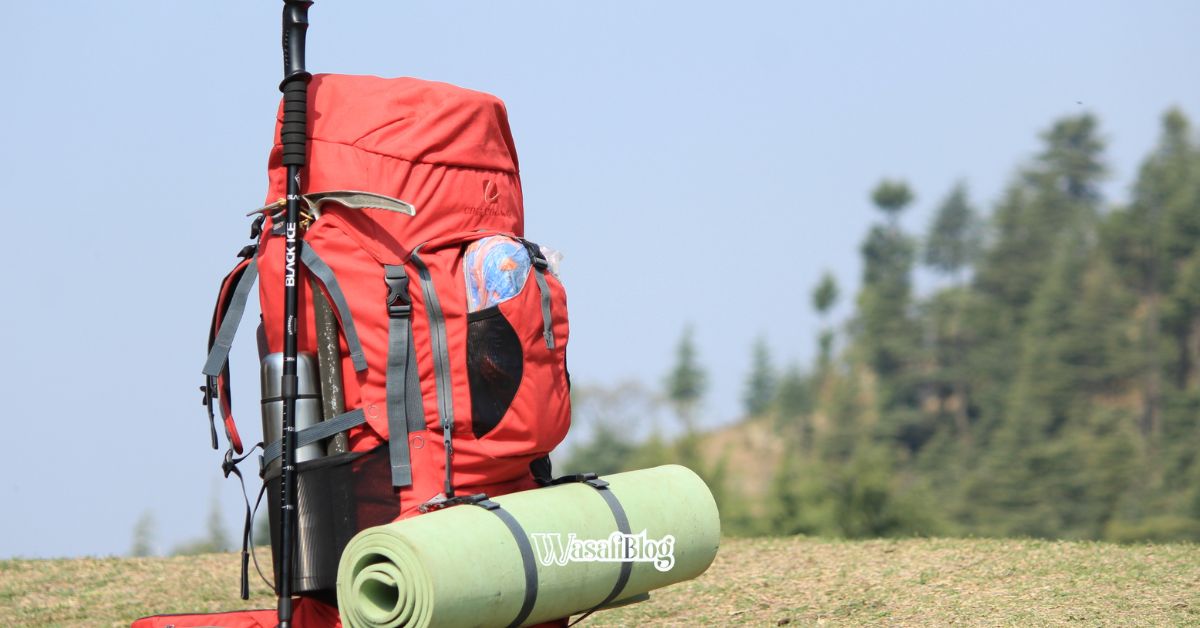

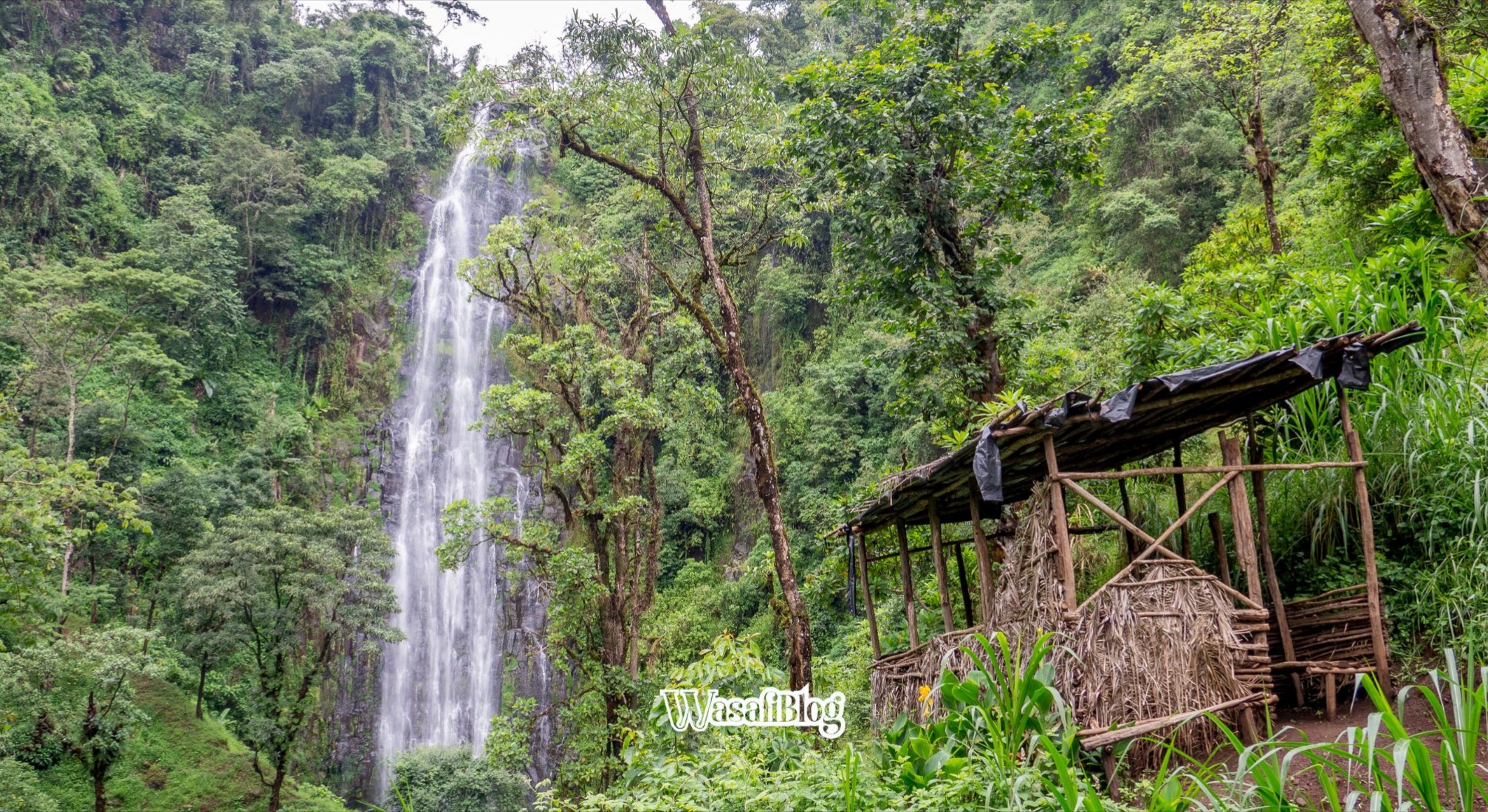





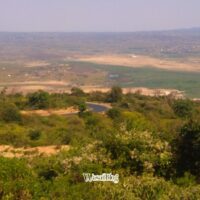


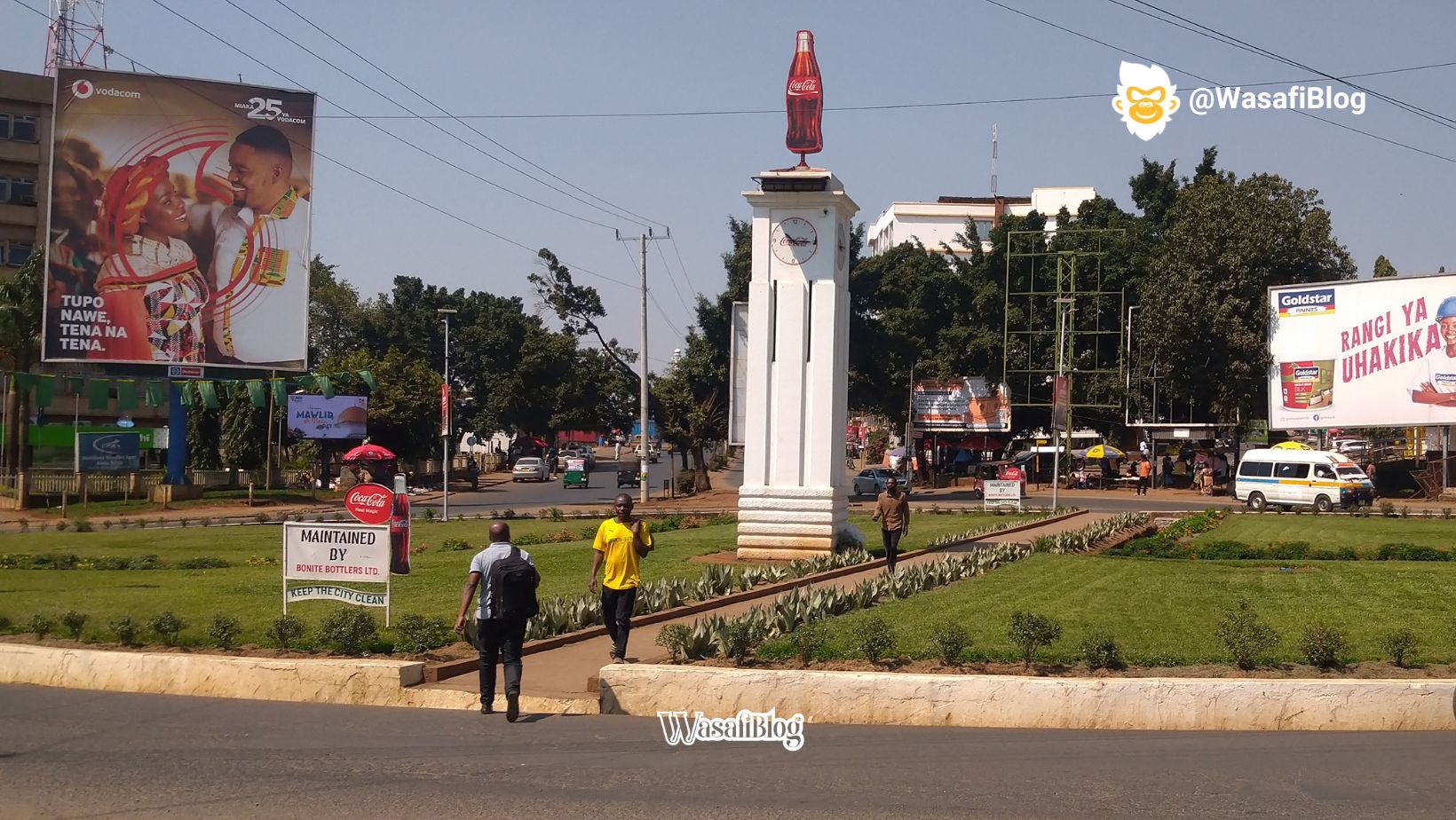
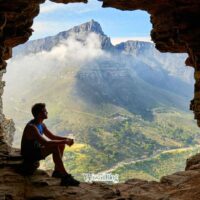
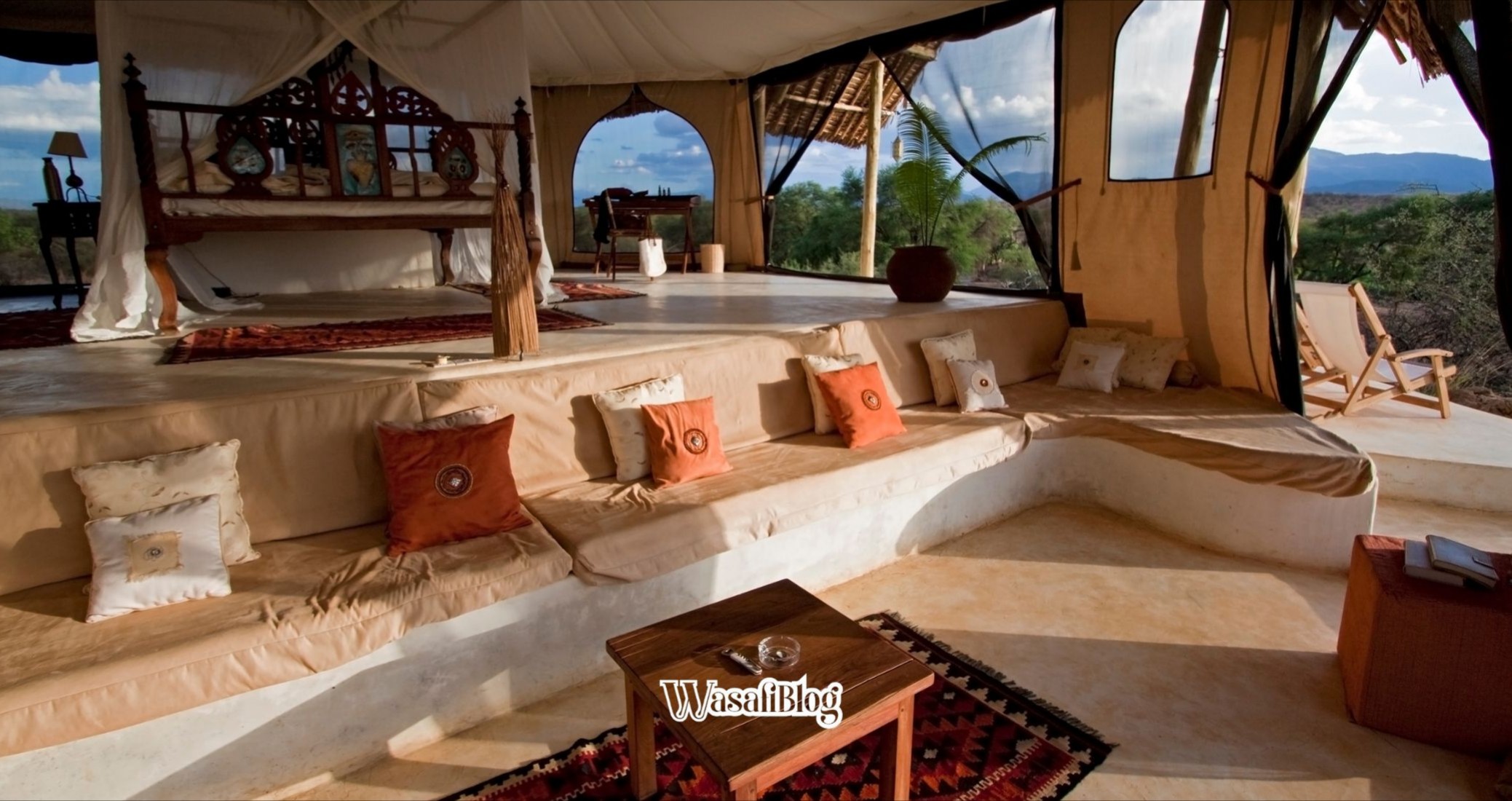
1 Response
[…] we get to a specific checklist, let’s talk about the three core principles of dressing for a wildlife safari. Get these right, and everything else falls into […]